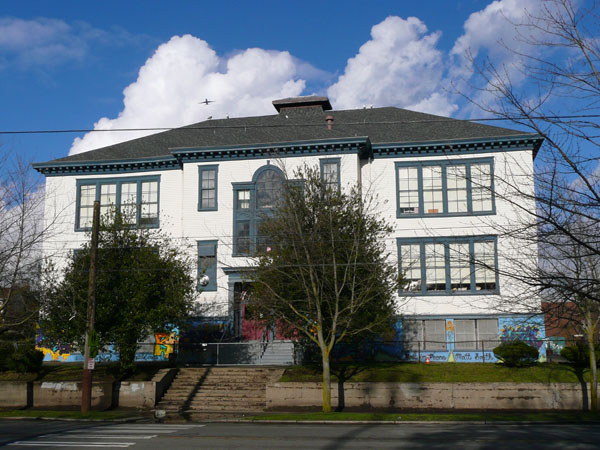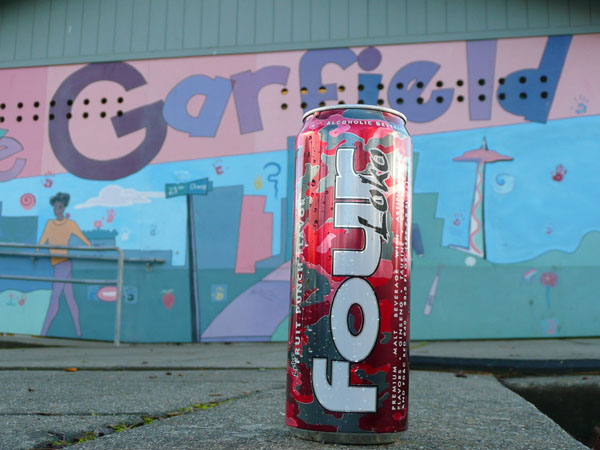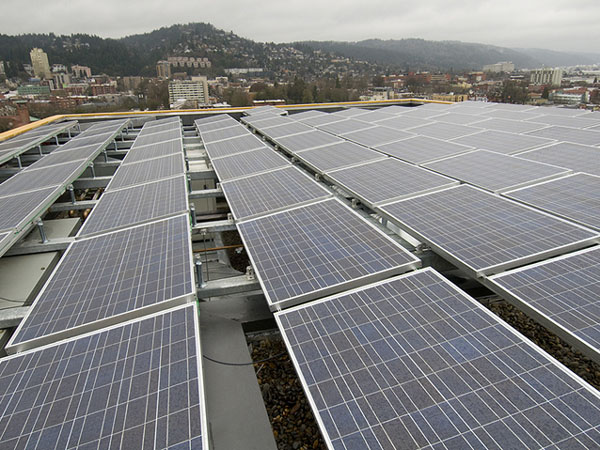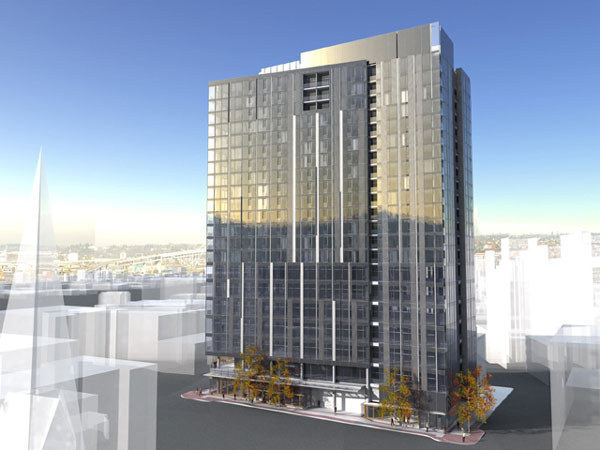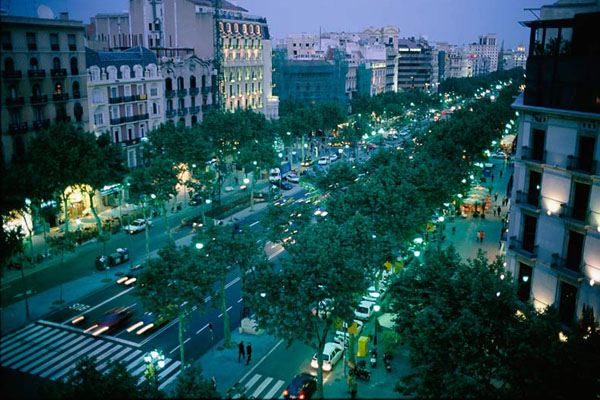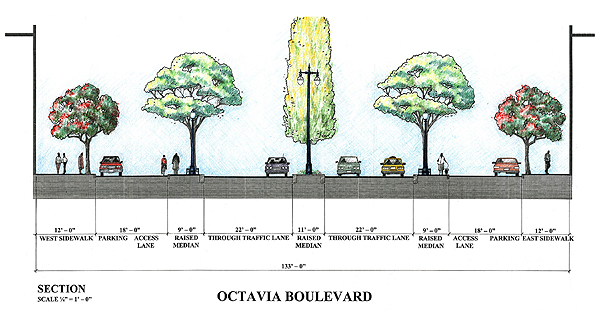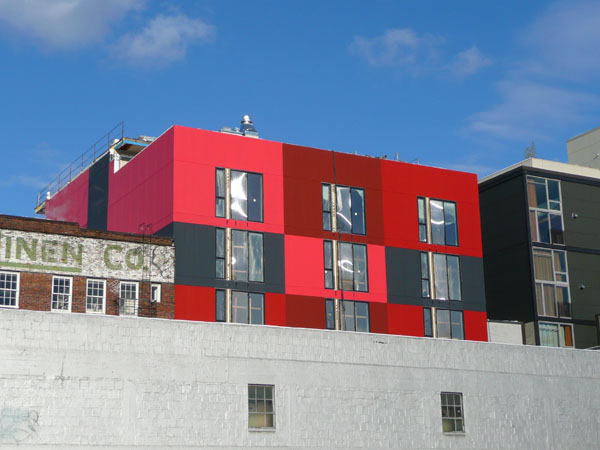Well, at least we decided, right? Hooray, we’re Deciders! We’ve been debating the viaduct so long that deciding has become a glorious end in itself. Wretched.
What strikes me is how subdued the surface-option cartel has been about this so far. Where’s the WTF? Hey there Sightline, Worldchanging, Futurewise, Cascade Land Conservancy, Transportation Choices Coalition, Seattle Great Cities Initiative, Sustainable Seattle, Allied Arts, and so on, are y’all going to make some noise? Tell us Quality Growth Alliance, does the tunnel qualify as quality growth? And hello UW Department of Urban Design and Planning, anybody home? Might this be an opportunity to focus your awesome analytical resources on something a little more pressing than another publication in an obscure academic journal?
And isn’t anyone the the least bit peeved about how the painstaking work of the viaduct stakeholders committee was completely blown off? And is it not troublingly bizarre, even if you support the tunnel, that the deep-bore solution was never seriously considered before now?
Ground control to Seattle: The tunnel is stupid. As some guy recently said, “the world has changed and we must change with it.” The tunnel is a solution that is stunningly out of touch with future reality. The tunnel will not age well at all.
Carry Moon and Mike Obrien’s recent PI op-ed goes a long way toward explaining why:
“Reorienting priorities around transit, compact growth, street connectivity, and providing people real alternatives to driving works for urban mobility, freight mobility and economic development. Spending $2 billion or more on tailpipe capacity with deep-bore tunnel — the most expensive option — is not a step toward a better future.”
Another piece of the equation is well-addressed in this Seattle Transit Blog post on how the tunnel would encourage sprawl and make transit less viable:
“Paradoxically, the Viaduct is actually bad for mobility. Because it allows people to entirely bypass downtown, it encourages spread out development…Â Â This has always been the problem with highways – they break down the efficient hub and spoke structure of human settlement.”
And Sightline has been questioning the sanity of a high cost of a viaduct replacement since the Nisqually Quake (see this STB post for current cost analysis).  Of the $2.8 billion that the State has committed (not including the several billion more the tunnel will likely cost) Sightline noted:
“Calculate it per peak hour round trip—the only time when the street grid is currently full to capacity—and you’re talking ~$500,000 in taxpayer spending to support each round trip driver.”
>>>
Allow me to repackage the big picture reasons:
Climate Change: The planet’s climate is headed off a cliff. Those who have been right about climate change from the start are now advising that the IPCC’s target of 450 ppm CO2 is insufficient, and that we will need to stabilize at 350 ppm to avert climate catastrophe. In the Puget Sound region, transportation accounts for nearly half of all greenhouse gas (GHG) emissions. And the State of Washington recently passed a law mandating a 50% reduction in vehicle miles traveled (VMT) by 2050. Spending billions a tunnel that will increase GHG emissions from cars is not only a violation of State law: it is suicidal.
Energy: We are almost certainly within a few years of peak oil, if we haven’t passed it already, while at the same time, demand for oil is spiking in developing countries with huge populations. The era of cheap fuel for cars is ending. This means that in the future we will drive less, and we will need more efficient alternatives, namely, transit. As noted above, a downtown bypass like the tunnel would muck up the efficient hub and spoke urban layout that makes transit most efficient. A good example of this New York City, where per capita energy use is lowest of all U.S. cities, primarily because so many people use transit.
Some believe that electric cars will arrive just in time to enable zero change in the way we get around. I’m not so optimistic. The electricity has to come from somewhere, and we’re talking about a huge amount of energy. The rising cost of fossil fuels, restrictions on GHG emissions, and population growth will all be putting the squeeze on the U.S. electrical grid. There are alternative sources like solar and wind, but as our supply of cheap fossil fuels dwindles, we will likely find ourselves scrambling for every possible source of electricity just to maintain existing output. And here’s another gotcha: a conversion to electric cars would significantly increase water consumption (via The Oil Drum). So yes, we will have electric cars, but we will travel far fewer miles in them.
Economics: It would be peachy if we had the excess wealth to build the tunnel and then just write it off if it turns out we don’t need or want it. But we don’t have that luxury. The U.S. federal deficit is the largest ever this year, and is expected to double next year. Washington State has a $6 billion budget hole. The $2.8 billion that the State has set aside for viaduct replacement is often discussed as if it’s a gift from the Gods that must be used for that purpose alone or else it will go up in smoke. How asinine. And same goes for the any billions we may get from the feds — it’s not free money. There is an almost endless list of ways we could spend our money that would be more wise than buying a new tunnel.
The economy will rebound. But unless we find an energy source as cheap, storable, and plentiful as fossil fuels were during the 20th century, it is delusional to believe that we can slip right back into economic business-as-usual for any significant length of time. Energy is the elemental economic engine that delivers a high standard of living. We are going to have to do more with less, and part of that equation will undoubtedly be a more localized way of life. In other words, less driving around. As in, a world in which multi-billion-dollar tunnels for cars start to look very, very dumb.
But here’s the thing: it’s not all bad. Wouldn’t people would be better off spending less time in cars? Wouldn’t communities be stronger if people lived more locally? Our oil binge of the past century created wonders, but as with any binge, the downside is not fully appreciated until the hangover.  The party has been fun, but in all our excitement we’ve forgotten much about how to best nurture our human souls. Time to take the keys away from the guy who’s stumbling toward the tunnel boring machine.

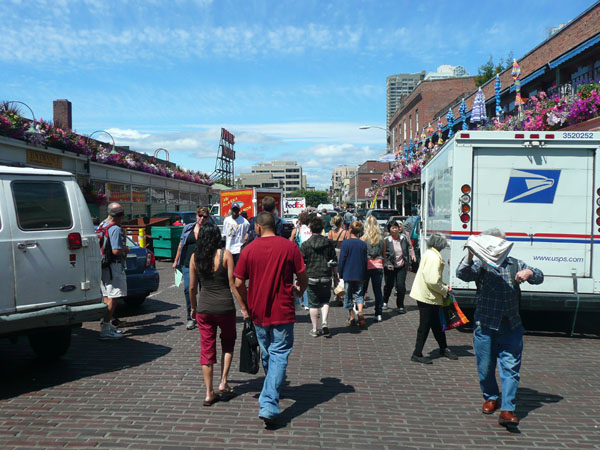

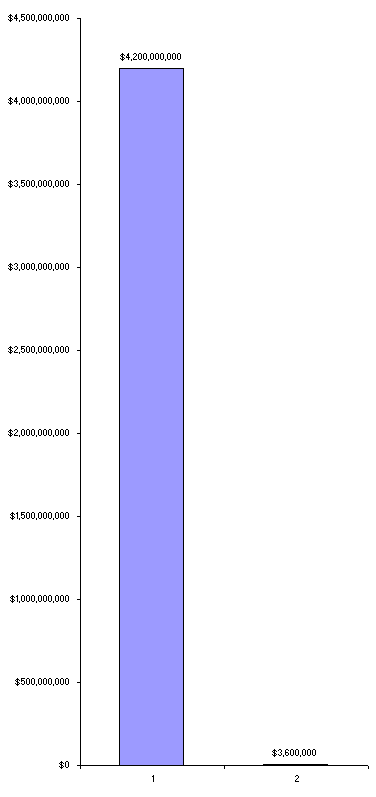 Â Â Â Â Â Â
      







